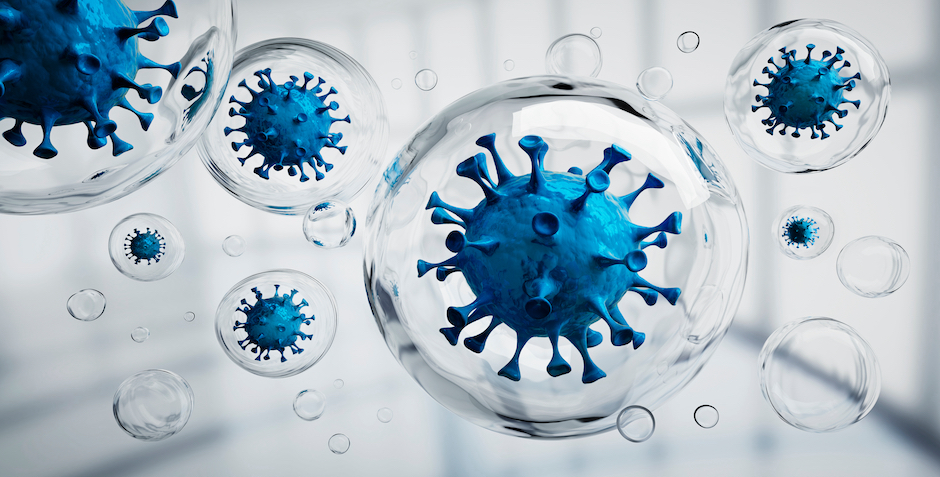
Funded by the EPSRC, the CECAM project will run until 2025 with experiments estimated to begin at the facility in late 2022. It aims to address knowledge gaps in the role that indoor environments play in human health and infection transmission.
Through a multi-user research environment, the team hopes to develop an effective space for experiments that could pave the way for new engineering solutions and enhanced building design, leading to improved environmental air quality in every sector of society.
Dr Louise Fletcher, lecturer in Environmental Engineering at Leeds University told The Engineer that although there are chambers available to measure ventilation and comfort parameters, carrying out microbial experiments is more challenging due to safety considerations.
“We aim to develop a facility that can be used flexibly to investigate a range of different aspects, from the fundamental behaviour of microorganisms in indoor environments — aerosolisation, transportation, deposition, survival — through to very practical studies to test the performance of air cleaning devices,” Fletcher said.
CLF study to investigate transmission of viruses
“Understanding the survival and dispersion of microorganisms and other contaminants in the built environment is critical for designing safe and resilient spaces and technologies that provide appropriate control against the transmission of infection and exposure to pollutants.”
Covid-19 has highlighted the need for improved understanding and design of the indoor environment, to monitor and control exposure to pathogens. The facility will be a tightly controlled ventilated room, Fletcher said, designed to operate under negative pressure to provide a safe containment environment.
“During experiments we will be able to release microorganisms from a defined source or use real human sources,” she explained.
“Microbial sampling is a very important part of the facility and as well as deploying well established methods to sample and culture microorganisms from the air, we will also be able to use newly designed custom samplers to measure deposition of microorganisms onto surfaces, as well as a high-tech real-time bioaerosol sampler which will be funded as part of the grant.”
According to Fletcher, safety considerations have been placed at the heart of CECAM's design, with sensors that can be operated by remote control and samplers enclosed in safety cabinets outside the chamber to ensure no exposure to microorganisms for people outside of the facility.
“We have already worked with a very strong design team to identify the technical specification for the facility and potential solutions to provide a robust and reliable HVAC system with the right level of control,” she said.
“The facility will be housed within a hazard category 2 microbiology laboratory which provides easy access to wider facilities to support the experiments in the chamber as well as managing access for safety reasons.”
Project partners include Cambridge, Bristol and York Universities, Leeds Teaching Hospitals NHS Trust, Philips, Public Health England and Aerosol Society of UK and Ireland. Fletcher said that a steering group to inform design and operation of the facility will draw on the academic and industry partners’ expertise.
Partners will advise on standard test methodologies and it is expected that when CECAM opens, a number of research projects will support the development of new products and solutions for effective infection control.




Poll: Should the UK’s railways be renationalised?
All public service companies should be nationalised for many different reasons, particularly railways, not the least because the tax payer has already...